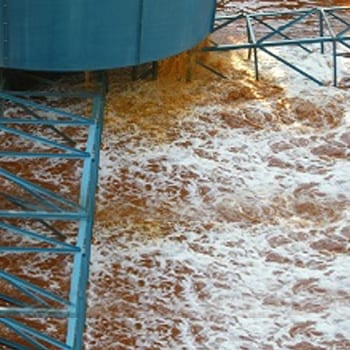
Once added to water, the inorganic coagulants form aluminium or iron precipitates. These absorb impurities in the water as they fall, serving to clean the water. This process is known as the ‘sweep-floc’ mechanism. However, a downside of metal hydroxide precipitate sweep-floc is that they add to the overall sludge volume that must be treated and removed.
Examples of inorganic coagulants are as below:
– Aluminum Sulfate (Alum) – One of the most commonly used water treatment chemicals in the world. Alum is manufactured as a liquid, from which the crystalline form is dehydrated.
– Polyaluminum Chloride (PAC) & Aluminum Chlorohydrate (ACH)
– Ferric Sulfate & Ferrous Sulfate – Ferric sulfate is the more commonly used, but ferrous sulfate is typically used in applications where a reducing agent or excess soluble iron ions are required. Iron coagulants work similarly to aluminum coagulants but the cost may vary based on the local source of supply.
– Ferric Chloride – The least expensive inorganic coagulant, as it is generated as a waste material from steel making operations. However, it’s by far the most corrosive and hazardous inorganic coagulant, and its use is limited to facilities equipped to handle it safely.
Request InfoEffective for: